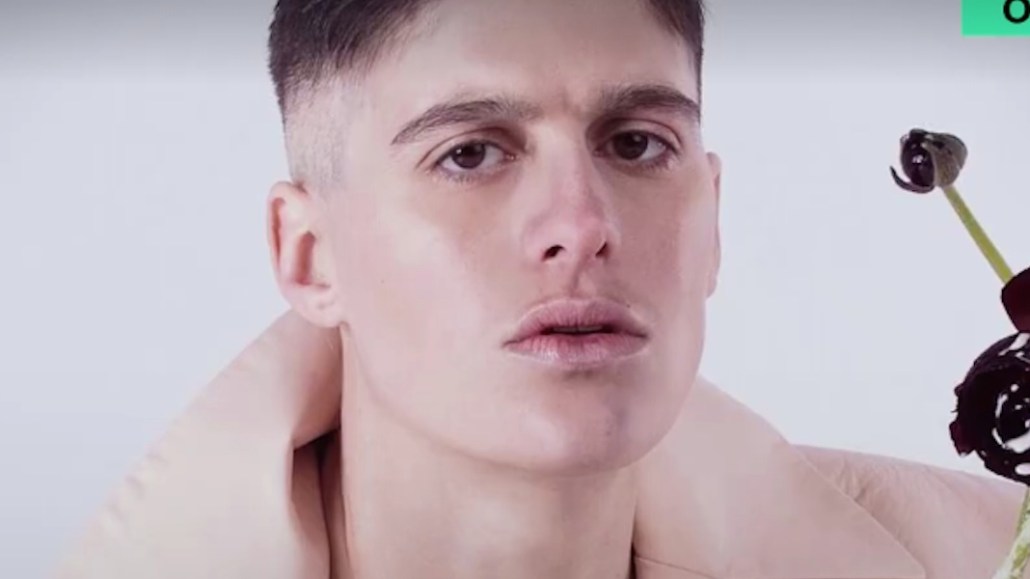Connect with execs from The New York Times, TIME, Dotdash Meredith and many more

Millennial media outlet Mic grabbed headlines a month ago when it laid off 25 to shift to video. Coming after similar moves at MTV, Vocativ and Fox Sports, the “pivot to video” has elicited a fair bit of hand-wringing and media snark as something of a hail Mary.
Yet there are signs that Mic’s push into video, begun long before the layoffs, is starting to pay off. Mic still lags giants BuzzFeed and Business Insider, which had 59 billion and 25 billion views, respectively, on Facebook this past year. But Mic still showed a huge gain, going to 3.5 billion in the past year from 792 million the year before. (Views figures are from Tubular Labs.) About half of Mic’s editorial content is now visual (most of it in the form of video), accounting for 75 percent of time spent with Mic’s content, according to the company.
There’s glut of digital video content, and others that are also chasing millennial audiences have a head start on Mic. Mic knows it won’t do to just make more of what’s already out there, so for the past year, the newsroom has tinkered with new video formats. It’s honed two styles — what Mic calls opinions, or op-eds, which are told through outside voices but often feel like testimonials; and news analysis videos by Mic’s own correspondents. In terms of subject matter, they tend to focus on underrepresented groups, like this one on gender fluidity (as shown in main image) that has amassed 4.2 million views on Facebook and a piece on black actors in film that has been shared more than 25,000 times on Twitter, in line with Mic’s social justice bent.
Mic wouldn’t release hard numbers, but Mic publisher Cory Haik said average watch time and completion rates have increased as Mic has moved to these new formats, which share a few characteristics: They last up to two minutes, start with a strong visual, emphasize personal experiences and tie back to the news. “When you do work that showcases your smartest analysis, talks to new people and it’s your original reporting, it just does better,” she said.
Mic expects to release three to five more new video formats in the next few months; earlier formats, called Mic Check and The Movement, have been retired. Video is an all-hands-on-deck proposition at Mic; it doesn’t have a dedicated video team per se, but everyone in the newsroom is involved to some degree in creating video.
It’s well-established that in digital, the real money is in video, not text-based ads, and that advertisers are hotter for video than audiences are. Haik acknowledges that video is at the center of publishing’s business model and that she’s optimistic that Mic will eventually benefit from this as it develops ad products that fit its video formats. But she also insists the shift at Mic is driven by the audience first.
Whether audiences really want video or are just succumbing to what’s put in front of them is one question; another is whether publishers’ faith in being able to eventually monetize their video on Facebook will pay off. Mic seems to be putting most of its eggs in that basket. Like other publishers, it’s taking advantage of the social network’s size to reach a big audience and hoping monetization will come. Said Haik: “We’re bullish that what we’re doing on Facebook video will become more of how we do our daily journalism. We see that as an indicator that our audiences are interested in consuming news this way.”
We’ll recognize this year’s best Video Publisher Partner at the Digiday Video Awards. Learn more about entering here.
Image courtesy of Mic via Facebook
More in Future of TV

‘Walt Disney is not Mickey Mouse’: The modern creator career path, from full-time to founder
The business of being a creator isn’t a solo show. They have become full-on productions.

Future of TV Briefing: A preview of Digiday’s CTV Advertising Strategies event
This week’s Future of TV Briefing previews next week’s CTV Advertising Strategies event that I’ll be hosting with top brand and agency executives in New York City.

Future of TV Briefing: TV is YouTube’s top screen — except when counting views and among Gen Z viewers
This week’s Future of TV Briefing looks at how mobile still accounts for an overwhelming majority of YouTube video views and why some Gen Z viewers aren’t tuning into YouTube on TV screens.





